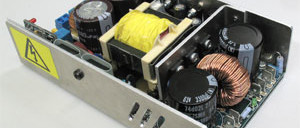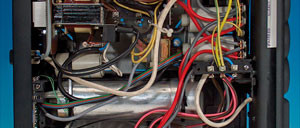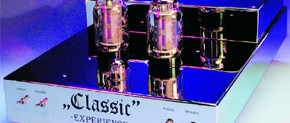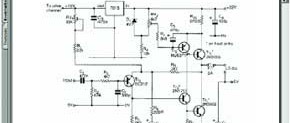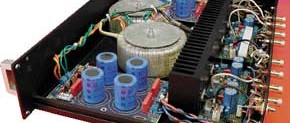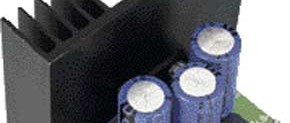| In practice, you rarely use more than 1 watt of audio power in a normal living-room environment. The only time most people use more is at a...
All items tagged with Power and Audio (36)
| This simple circuit indicates the amount of power that goes to a loudspeaker. The dual-colour LED shows green at an applied power level of a...
| The switch-mode power supply unit (SMPSU) is renowned for its efficiency but notorious for its design complexity, compared with its predeces...
| When listening to your favourite CD, any audiophile will at some occasion realise that the CD concerned used to sound better during the prev...
| Thanks to its robustness, the legendary EL156 audio power pentode has found its way into many professional amplifier units. Its attraction d...
| Mains (or ‘power-line’) signalling has matured from the early stages of the single 130-kHz carrier with simple modulation for a primitive 1-...
| The well-known LM386 is an excellent choice for many designs requiring a small audio power amplifier (1-watt) in a single chip. However, the...
| Audio lovers will no doubt drool over the new Elektor preamp with digital control published in this issue. This, of course, calls for a matc...
| Only a few years ago, many music lovers turned up their noses on seeing a hybrid circuit or integrated circuit in a final amplifier, but now...
| The integrated output amplifier described in this article consists of little more than one integrated circuit. It is intended especially for...


